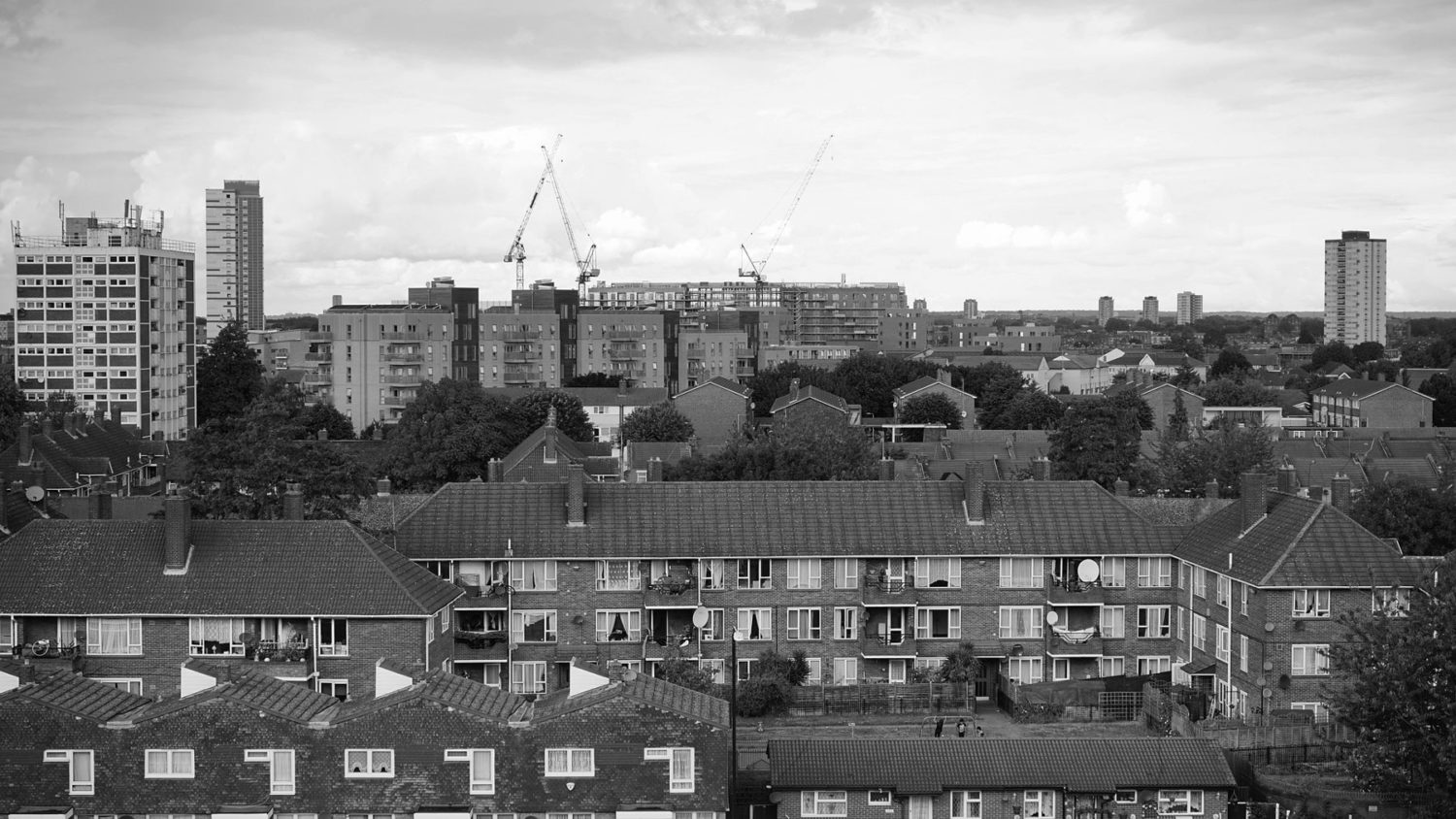The need for better housing

Almost lost over the Christmas period was an article published by the BBC, reporting that Secretary of State for Levelling Up, Housing and Communities and Minister for Intergovernmental Relations, Michael Gove, was suggesting – according to the headline – that ‘better housing design could curb development opposition’1.
According to the article, Mr Gove believes too many planning applications are ‘indifferent’ or ‘insipid’. He’s probably right. But this gives rise to a rather obvious question: Who is responsible for these designs?
In 2017, Dezeen reported that, according to the RIBA, just 6% of new homes in the UK are designed by architects2, while according to the Architects Journal Magazine, one third of the biggest housebuilders don’t employ their own architects, and of the top 25 housing construction firms, only 46 architects are employed, with 3 firms making up half that list3. To put that into context, The Architects Registration Board reported on 18 July 2022 there were 42,1704 registered architects in 2021 (in the UK), while estimates of the number of architects employed in the UK in 2022 is believed to be in excess of 50,0005.
Quite who is designing the other 94% of new homes therefore remains a mystery.
As part of reporting into Design Matters, the RIBA noted6:
New homes will always generate strong debate, but the best developers recognise that good architects and good design can smooth the process of obtaining support for a new development. This is critical to help tackle the housing crisis and stop the damaging race to the bottom on quality.
In research carried out for the RIBA earlier this year [2018], only 1 in 4 people said that they would choose to live in a new build – and in some parts of the country that fell to as low as 1 in 5. This hostility towards new homes from their potential occupiers is vastly different to the views of residents in other countries and completely at odds with our attitudes towards other big-ticket purchases like cars or technology.
In 2017, The Guardian newspaper ran an article entitled ‘Welcome to rabbit-hutch Britain, land of the ever-shrinking home’7, sadly noting:
Britain’s new-build homes are already the smallest in Europe, prompting claims that many families are living in “rabbit hutch-sized” properties that are so cramped there isn’t enough space for them to live comfortably, sit down and eat together or even store necessities such as a vacuum cleaner.
And this, after the Government paper ‘Technical housing standards – nationally described space standards’ was published in March 2015.
But back to Mr Gove’s question, for those of us who are designing: should we be designing better housing in order to curb development opposition? An emphatic ‘No’. We should be designing better houses (or homes – let’s not forget people live in them) because we care about other people, not simply to get an easier ride through Planning.
We need to remember that people inhabit houses, and because of this, they become homes. It is right to advocate improved design, pleasing places, better communities. But not simply to get a better reception from Communities, and Planning. These things need to be properly considered. We have a moral duty as architects to design places that enhance the lives of the inhabitants and improve their general wellbeing.
End.
Further reading: https://www.architecture.com/about/policy/design-matters
1 https://www.bbc.co.uk/news/uk-64099508
5 Google search: current number of architects working in the UK
